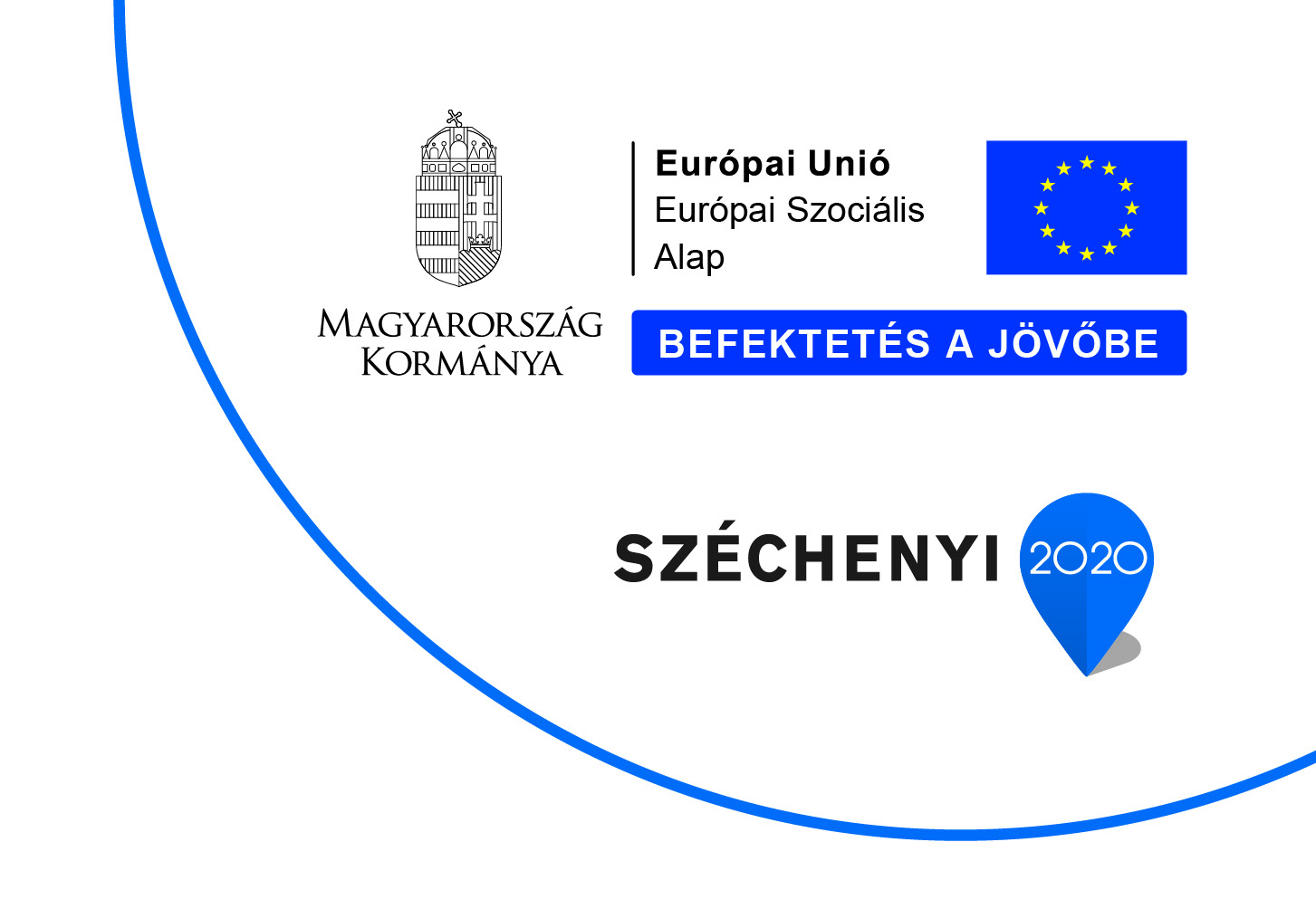Szendrey Orsolya és Dombi Mihály (2024) Indirect emission accounting and effectiveness of market regulation toward sustainability. Prosperitas, 11 (2). pp. 1-13. ISSN 2786-4359 (Online)
|
Szöveg
indirect-emission-accounting-and-effectiveness-of-market-regulation-toward-sustainability-247.pdf - Megjelent verzió Restricted to Csak az archívum karbantartója Download (514kB) |
|
Előnézet |
Szöveg
indirect-emission-accounting-and-effectiveness-of-market-regulation-toward-sustainability-247.pdf - Megjelent verzió Download (612kB) | Előnézet |
Abstract
The consideration of sustainability aspects has become increasingly essential and explicitly required by regulatory bodies and financial market participants so that efforts for mitigating climate change and avoiding a global ecological collapse could be strengthened. However, the methods used to measure transition risks do not always adequately describe the relationship between financial assets and environmental pressures. The currently implemented methods are limited to assessing the risks of financial portfolios based on their industrial sector classification and consider only direct emissions. In contrast, Scope 3 effects, which account for a significant part of total emissions, are excluded from the calculations. To reveal how reliable recent knowledge on climate risks is, in this study we investigate the currently used methods of climate exposure evaluation and conduct an analysis for the EU-27 countries by extending the calculation to indirect impacts. Our calculations reveal that the most affected industries are hotels and restaurants, construction, manufacturing, and other services, in which overall emissions are seven times higher on average than direct values. These results also suggest that the aforementioned segments need different risk assessments and additional examinations as part of investment and lending processes
Tudományterület / tudományág
társadalomtudományok > közgazdaságtudományok
Intézmény
Budapesti Gazdasági Egyetem
| Mű típusa: | Cikk | |||||||||
|---|---|---|---|---|---|---|---|---|---|---|
| Szerző publikációban használt neve: |
|
|||||||||
| Kulcsszavak: | climate change, sectoral exposure, greenhouse gas emissions, embodied carbon, climate risks | |||||||||
| Felhasználó: | Kinga Eszenyi-Bakos | |||||||||
| A mű MTMT azonosítója: | 34850707 | |||||||||
| DOI azonosító: | https://doi.org/10.31570/prosp_2023 _0103 | |||||||||
| Rekord készítés dátuma: | 2024. Jún. 05. 10:50 | |||||||||
| Utolsó módosítás: | 2024. Szep. 12. 11:44 | |||||||||
| URI: | https://publikaciotar.uni-bge.hu/id/eprint/2284 |
Actions (login required)
 |
Tétel nézet |




